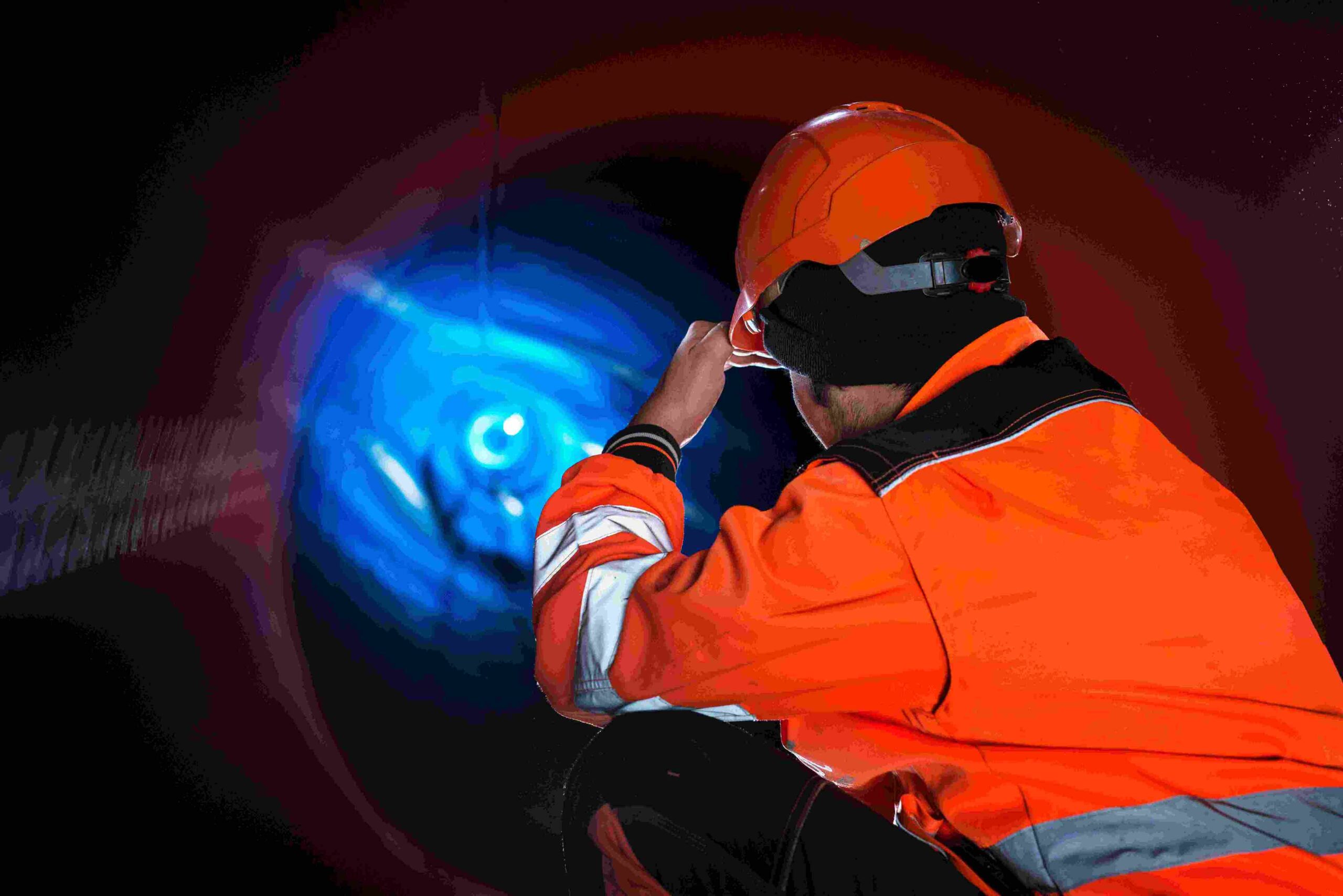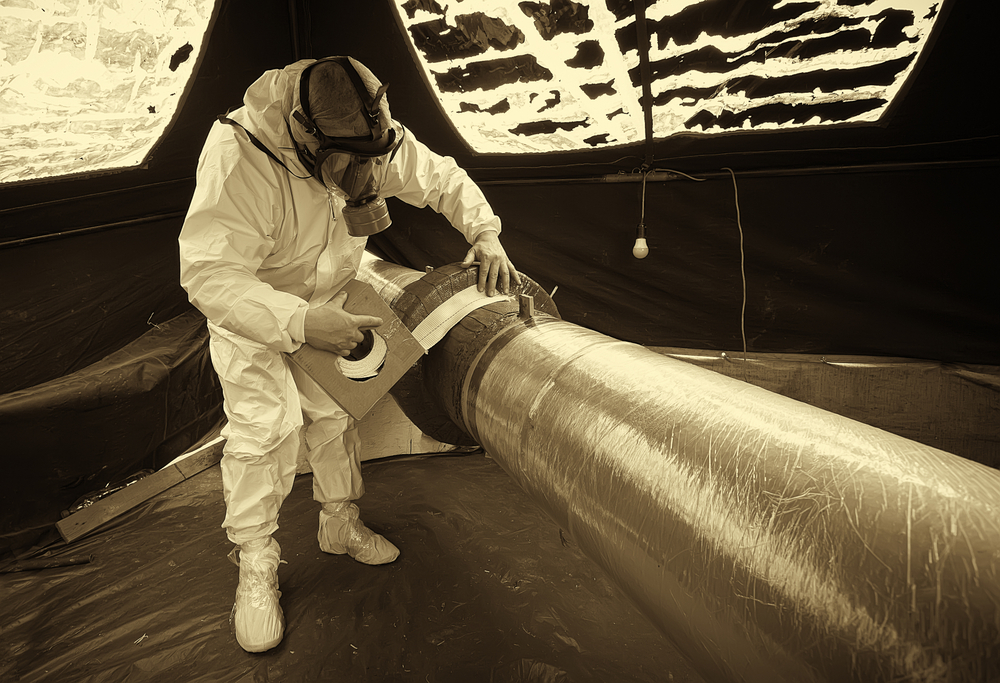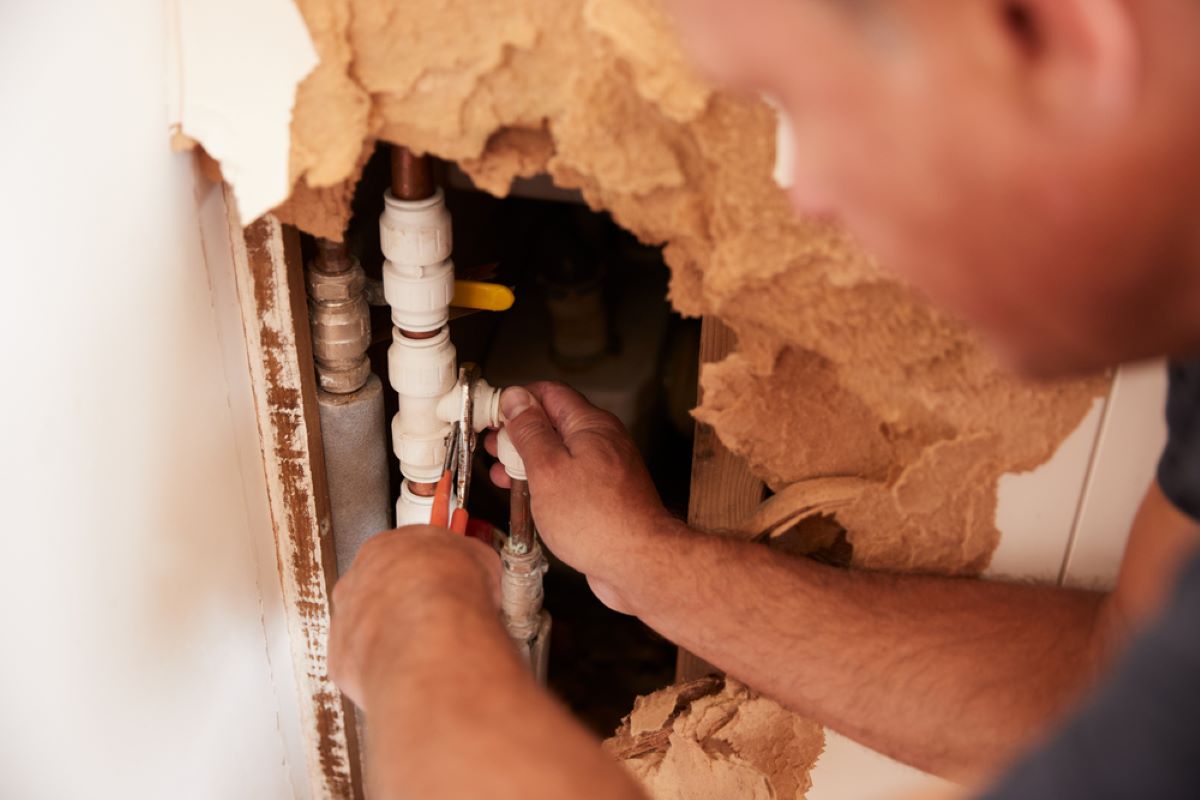Gas pipelines are needed to move and distribute natural gas to industrial, commercial, and residential areas. But these pipelines can get corroded on the inside, which is dangerous for their safety, dependability, and ability to work well.
In this article, we’ll look at the causes and effects of corrosion on the inside of gas pipelines and the different ways the industry tries to stop and fix the problem.
Corrosion on the inside of gas pipes has severe and far-reaching effects. Pipelines can leak, break, or fail because of corrosion, putting people and the environment in danger. Also, corrosion-related problems can cause gas supply problems that cost money and cause trouble for customers.
So, stopping internal corrosion is essential for ensuring gas pipeline infrastructure is safe, reliable, and lasts long.
Additionally, we suggest reading out: “Procedure of Pipe Joint Coating”
Internal Corrosion in Gas Pipeline
Internal Pipeline corrosion is the deterioration of the inner walls of pipelines caused by chemical reactions between the gas being transported, the pipe material, and the surrounding environment.
A corrosive environment, a metal surface, and a fluid, such as water or gas, must act as an electrolyte for internal corrosion to occur. General corrosion, localized corrosion (pitting or crevice corrosion), and stress corrosion cracking are distinct manifestations of corrosion.
Causes of Internal Corrosion in Gas Pipelines
Things that can cause internal corrosion in gas pipelines:
The presence of contaminants: Oxygen, hydrogen sulfide (H2S), carbon dioxide (CO2), and water vapor are all contaminants that can start or speed up corrosion reactions.
Water buildup: Water can collect in pipelines, acting as an electrolyte during corrosion.
Pipe material: The pipe’s resistance to corrosion can be affected by the material it is made of. Carbon steel, stainless steel, and corrosion-resistant alloys are all common materials.
Operating conditions: Higher temperatures, pressures, and flow rates can all contribute to an increase in the corrosive effect exerted on the inner surface of the pipeline.
Consequences of Internal Corrosion in Gas Pipelines
Internal corrosion can lead to several harmful effects on the pipelines, such as:
Loss of structural integrity: Corrosion makes the walls of a pipeline weaker, which makes it more likely that it will leak, break, or fail terribly.
Flow restrictions: The pipeline’s cross-sectional area can get smaller as corrosion products build up. This makes it harder for gas to flow through the pipeline, which makes it less efficient.
Gas contamination: Corrosion can leave behind corrosion byproducts in the gas being moved, which can change the quality of the gas or cause problems further down the line.
Economic Impact: Corrosion can cause pipelines to break, which can lead to expensive repairs, lost production, and supply disruptions.
Detection of Internal Gas Pipeline Corrosion
The timely detection of internal corrosion is critical for maintaining pipeline integrity. To identify corrosion-related problems, a variety of techniques are used, including:
Inline Inspection (ILI)
This technique, also known as “smart pigging,” involves sending a sensor-equipped device through a pipeline to collect data on its condition. ILI can detect corrosion, measure wall thickness, and identify potential flaws.
Non-Destructive Testing (NDT)
Non-destructive testing methods, such as ultrasonic testing and magnetic flux leakage, provide helpful information about the extent and severity of corrosion in a pipeline without causing damage.
Fluid Analysis
Routine analysis of gas samples extracted from pipelines can reveal the presence of corrosive elements, allowing operators to take preventive measures.
Hydrogen sulfide (H2S) and carbon dioxide (CO2), both corrosive, can help determine how corrosive the gas being moved is. Also, the presence of corrosive elements can be found by analyzing the water’s composition and quality.
Corrosion Monitoring Probs
Corrosion monitoring probes are installed in strategic locations throughout the pipeline to monitor and measure corrosion activity continuously.
These probes assess the corrosion rate and provide real-time data on the corrosion status using various principles such as electrical resistance, electrochemical, and ultrasonic. They are handy for monitoring corrosion-prone areas like welds and high water content areas.
Corrosion Prevention
Several measures are taken to prevent internal corrosion in gas pipelines:
Pipeline Material
The appropriate pipeline material must be chosen to reduce the risk of internal corrosion. Depending on the transported gas’s corrosive agents and operating conditions, corrosion-resistant materials such as stainless steel or corrosion-resistant alloys should be chosen.
Pipeline Coatings
By applying protective coatings to the inner walls of pipelines, corrosive substances can be kept away from the metal surface.
Cathodic Protection
Using sacrificial anodes or impressed current systems to create a cathodic environment and move the corrosion reactions away from the pipeline can aid in preventing corrosion.
Chemical Inhibitors
Chemical inhibitors can be injected into the gas stream to make the gas less corrosive and slow the corrosion rate.
Water and Impurity Control
Water vapor and impurities in the gas stream can hasten corrosion. Controlling water and contaminants, such as moisture removal systems, filtration, and gas conditioning, can help to reduce the corrosive potential. The proper dehydration and filtration processes should be in place before the gas enters the pipeline to remove contaminants and reduce the amount of moisture.
Monitoring and Maintenance
Monitoring the pipeline’s condition is required to detect any potential corrosion problems. This includes periodic inspections, internal and external corrosion monitoring, and continuous integrity evaluation.
Maintenance, including cleaning, repairs, and corrosion control measures, should be performed by inspection results and regulatory requirements.
Conclusion
Internal corrosion is still a big problem for gas pipelines, but its effects can be lessened by taking the proper preventive steps and regular maintenance. By knowing what causes internal corrosion and what happens when it happens, the industry can work to make pipelines safer, more reliable, and better at protecting the environment for years to come.
Internal corrosion threatens gas pipelines because it can be hard to see and is a strong enemy. But don’t worry; you can win if you know what to do and take precautions.
Are you ready to fortify your gas pipeline against internal corrosion? Use our remarkable LPS technologies, such as Flexsleeve, Sealsleeve, and Pipelining, to control erosion.
FAQs
Why is internal corrosion a significant concern in gas pipelines?
Internal corrosion is a big problem for gas pipelines because it can cause leaks, breaks, or failures that put people and the environment at significant risk.
What are the most effective preventive measures against internal corrosion?
The most effective preventative measures against internal corrosion in gas pipelines include:
- Choosing corrosion-resistant materials.
- Applying protective coatings and linings.
- Implementing cathodic protection systems.
- Using corrosion inhibitors.
- Controlling water and impurities in the gas stream.
- Performing routine monitoring and maintenance.
How does internal corrosion affect the lifespan of gas pipelines?
Internal corrosion can significantly reduce the lifespan of gas pipelines. It leads to the thinning of pipe walls, compromising their structural integrity and increasing the risk of leaks or failures. Timely detection and mitigation are crucial to extend the pipeline’s lifespan.
What are some common signs of internal corrosion in gas pipelines?
While internal corrosion may not be visible outside, signs can indicate its presence. These include reduced gas flow rates, pressure drops, changes in gas composition, increased occurrences of leaks, and the presence of corrosion byproducts in gas samples.
How frequently should gas pipelines be inspected for internal corrosion?
The inspection frequency for internal corrosion depends on various factors, such as the pipeline’s age, material, operating conditions, and historical corrosion data. Industry standards and regulations provide guidelines for inspection intervals. Inline inspections using smart pigs and periodic monitoring through corrosion coupons are commonly employed for detecting internal corrosion.





